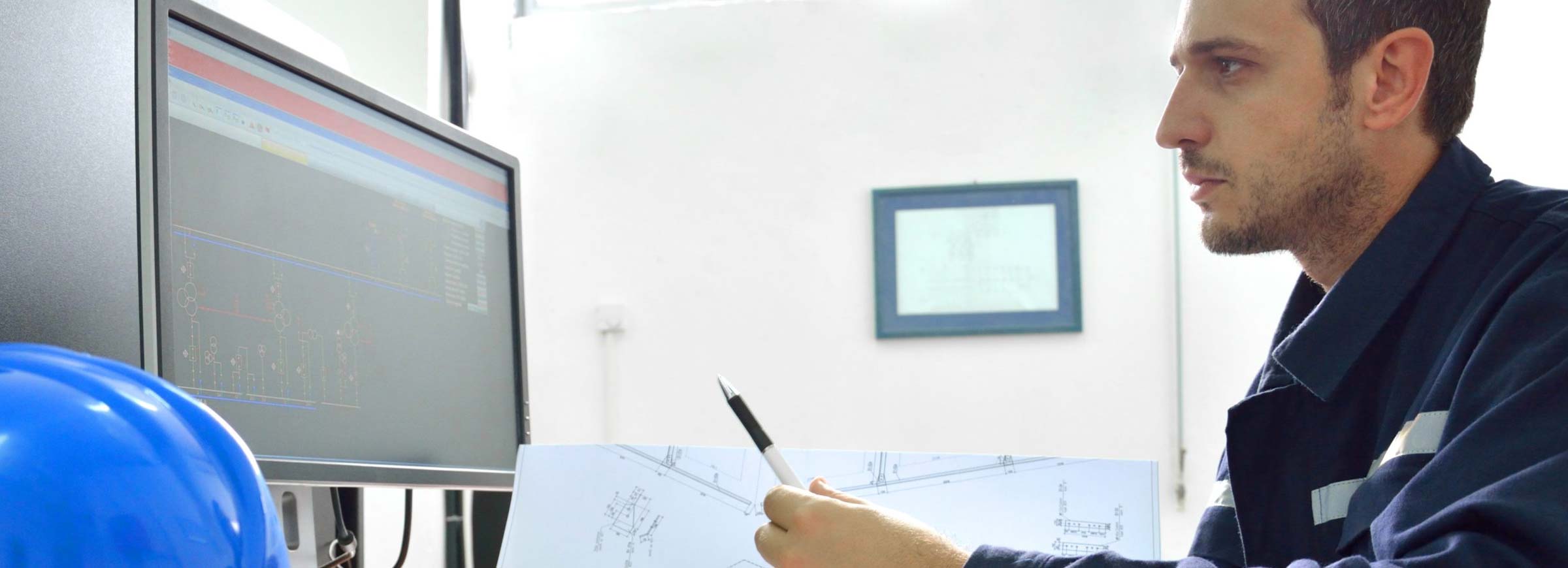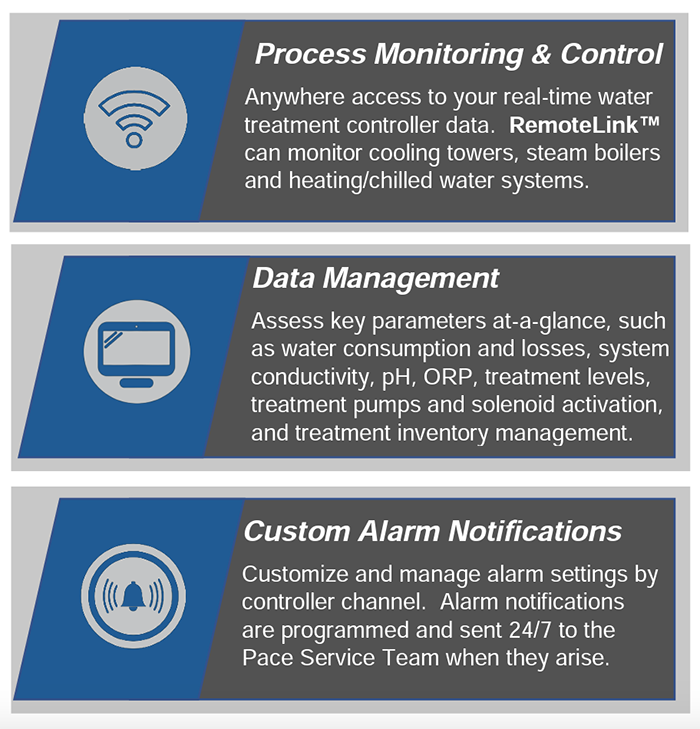Water System Monitoring: The Environmental and Economical Approach

HVAC water system downtime for commercial buildings and facilities can be costly and disruptive. Indicators of unexpected water issues from leakage and fouling can be detected before catastrophe hits through regular visits by performing water treatment monitoring procedures and preventative maintenance. An experienced water treatment technician can go beyond preventative maintenance and improve the system’s efficiency. Using the proper additives and techniques they can save building operators energy which improves the system’s environmental impact and lowers the cost of operation.
However, leaks and damage are always a possibility, resulting in expensive cleanup and rising insurance premiums. The risk of leaks can be minimized through the application of monitoring technology which provides up-to-the-minute data and alerts, allowing enough time for a technician to limit water and equipment damage. A web-based building water monitoring system, like the Pace RemoteLink™, collects critical data that ensures peak performance and alerts stakeholders so the problem can be resolved in minutes rather than days or months.
Building & Facility Water System Monitoring
Pace RemoteLink provides operators and water treaters a platform to view the performance of their water system, including live data readings and graphic displays with multiple inputs.
The system monitors cooling towers, evaporative condensers, steam boilers, closed heating and chilled water systems, and potable water treatment systems.
Users can download historical data and activity logs to create reports for environmental compliance and operational budget projections.
Why is Hydronic System Monitoring Important?
Remote monitoring doesn’t replace water treatment services since on-site testing of water treatment systems ensures programs are maintained within the recommended parameters. However, these systems provide an additional set of eyes on your water system(s) in between scheduled on-site testing services.
Depending on the location of the facility and chosen maintenance schedule, weeks or months could pass before it is discovered that a minor problem has blossomed into a major issue due to a system disruption in between service visits. Having online remote access will ensure immediate alarm response, improved operations, and system protection.
Data Reveals Minor Indicators of Major Problems
Recorded numbers on a clip board don’t highlight critical changes to the system like a graphic depiction can. Examples of data-driven undetected conditions that could lead to detrimental effects to a water system include:
- Insufficient bleedoff due to faulty solenoid
- Scale formation causing higher energy costs
- Corrosion due to insufficient treatment
- Excessive water consumption or losses
- Biological fouling due to insufficient biocide
Customizing Water System Key Performance Indicators (KPIs)
Every system is unique and the KPIs should reflect that. A steam boiler and a cooling tower in the same building have completely different data sets, needs, and alarms. For example, a cooling tower water system may require Pace RemoteLink to monitor:
- Conductivity / total dissolved solids
- Water flow
- Make-up water consumption
- Bleedoff water consumption
- Treatment pump activation schedule
- Bleedoff valve activation
- Corrosion inhibitor concentration (PTSA)
- pH management
- ORP sensor for bromine biocide levels
- Treatment tank level monitoring
- Data logging
- Out of range alarm notifications
Since a steam boiler produces steam rather than a water stream, the KPIs to determine its performance reflect the needs and function of the system with a separate series of alerts that indicate critical issues. This data can be customized to the system type and age.
Pace RemoteLink ROI
Leaks and other issues happen to all hydronic systems. By avoiding just one of these issues with the Pace RemoteLink, the solution will likely provide a full return on investment (ROI). The ROI is further increased through greater efficiency reducing how many times the system cycles, which cuts energy bills. Monitoring water levels and detecting leaks also lowers water usage and extra additive costs. The overall result is a reduction in the cost of operation.

Contact us any time to get a full site assessment and learn how we can enhance and protect your water systems.




